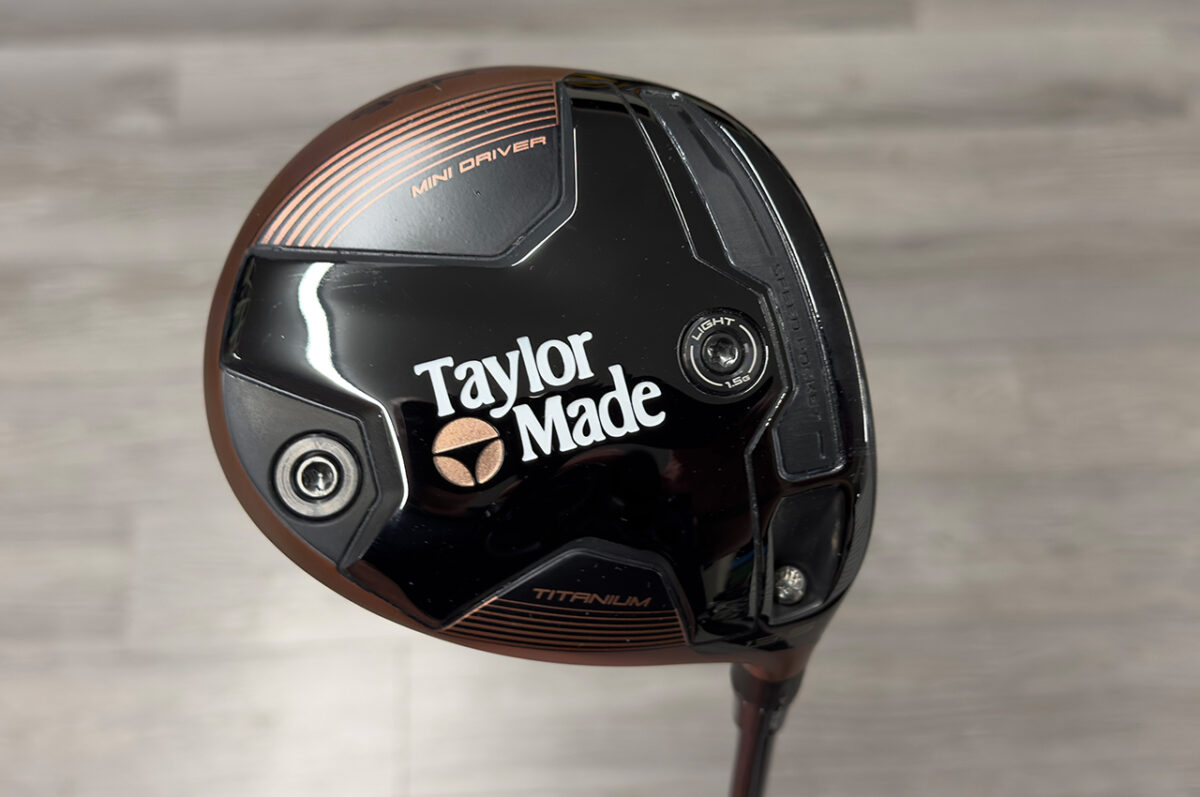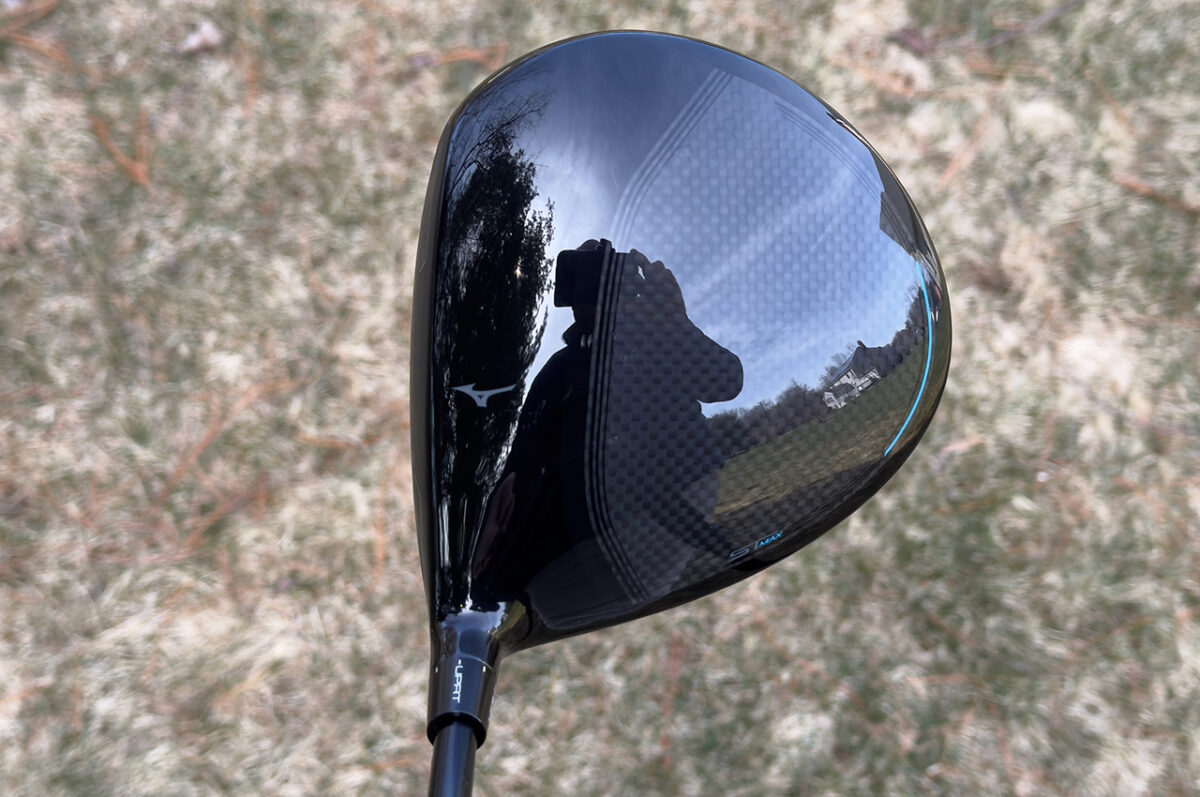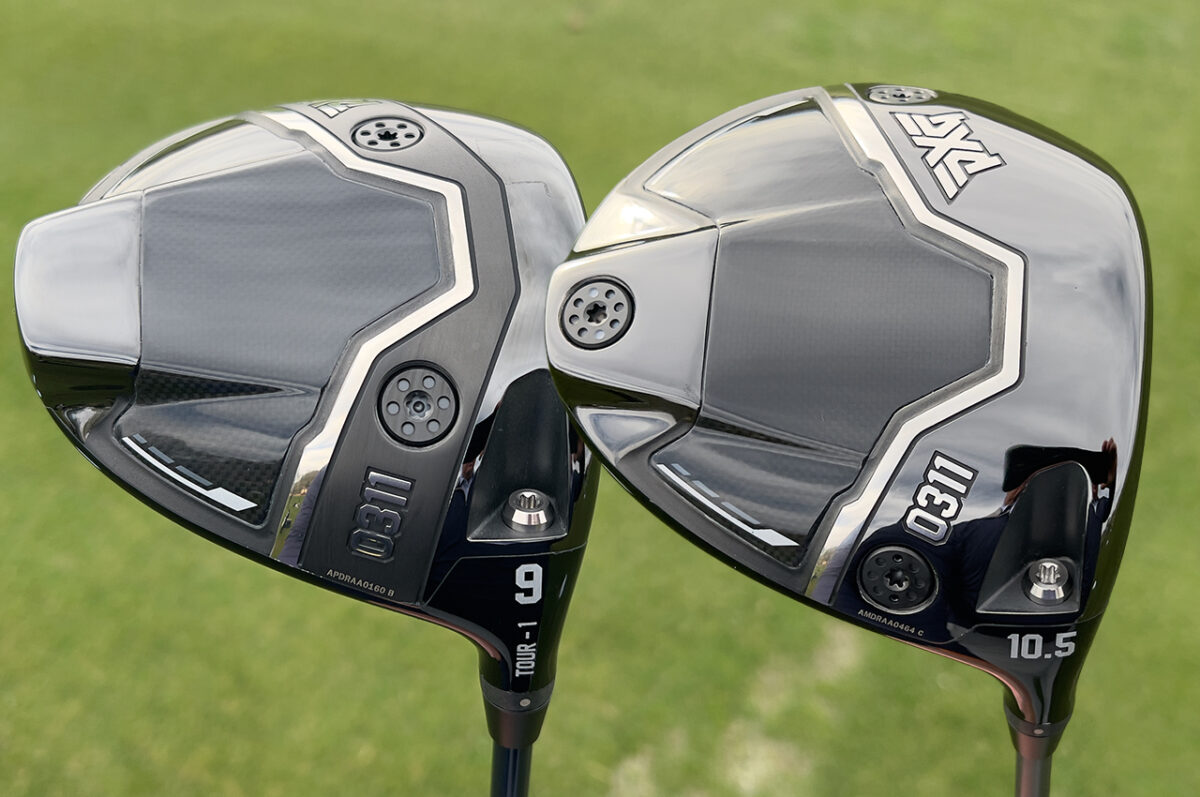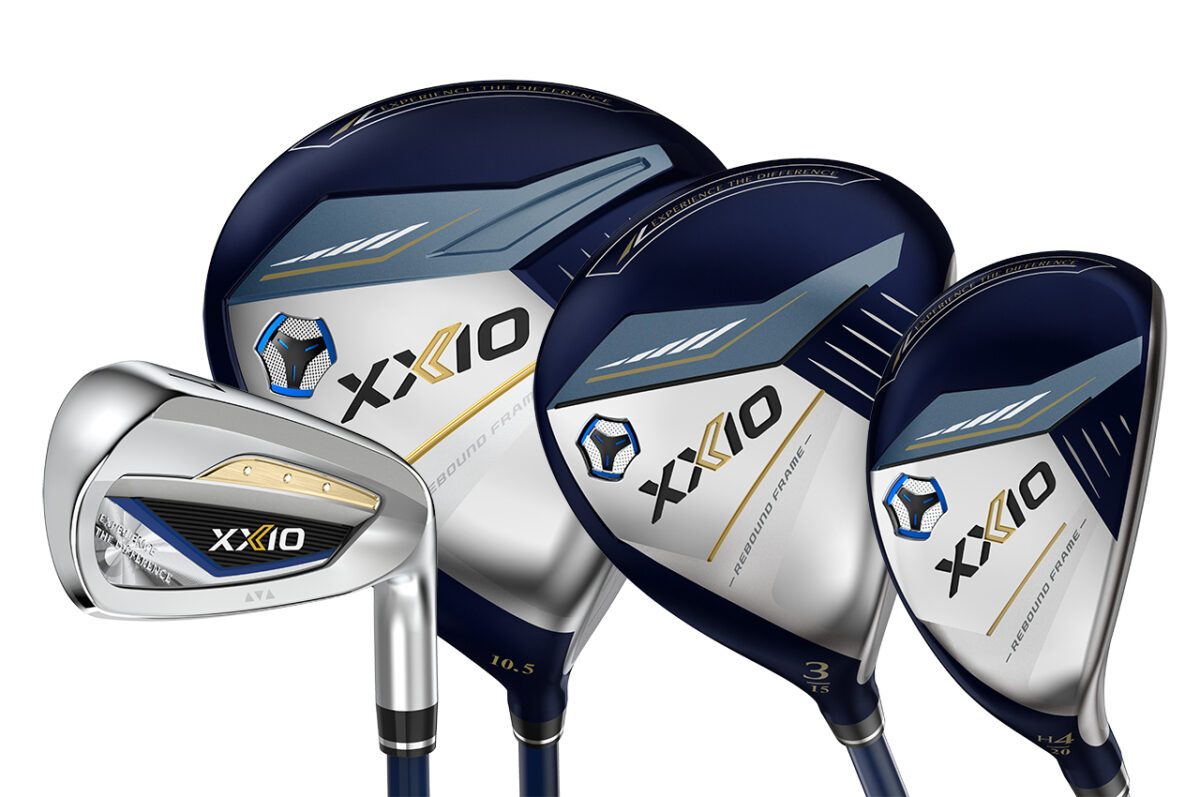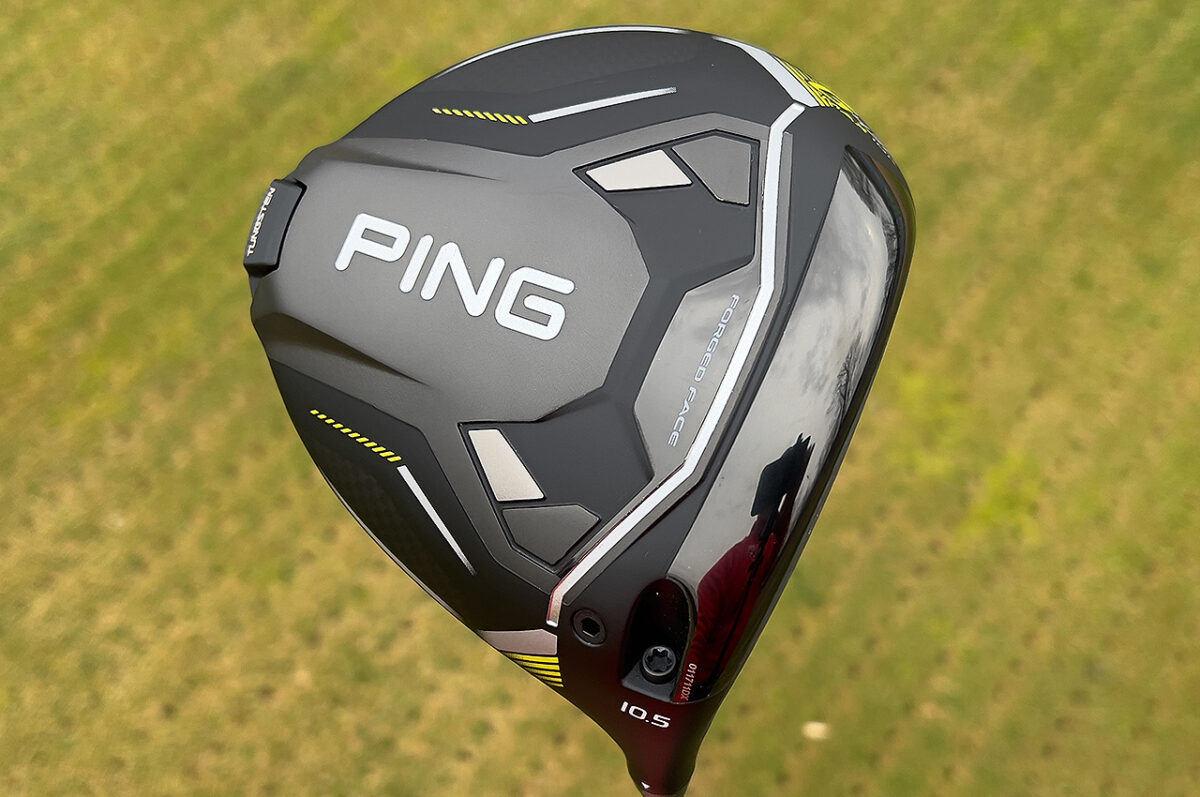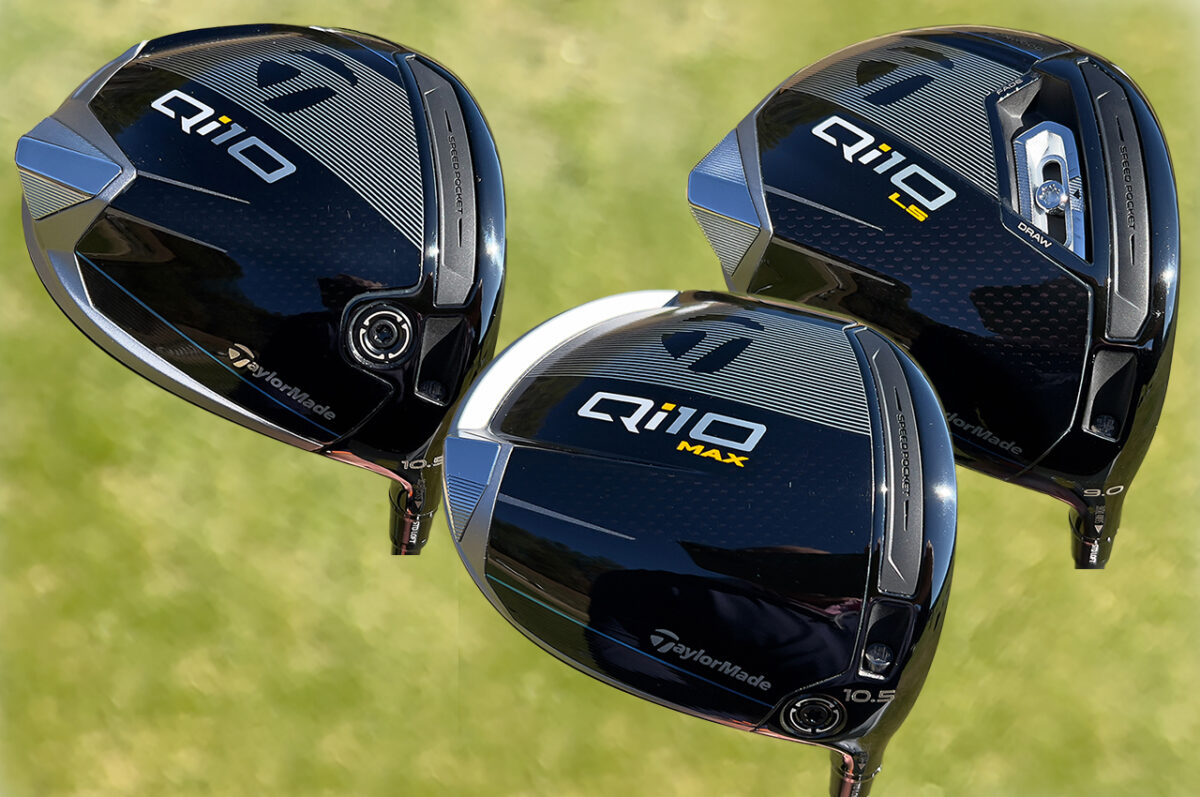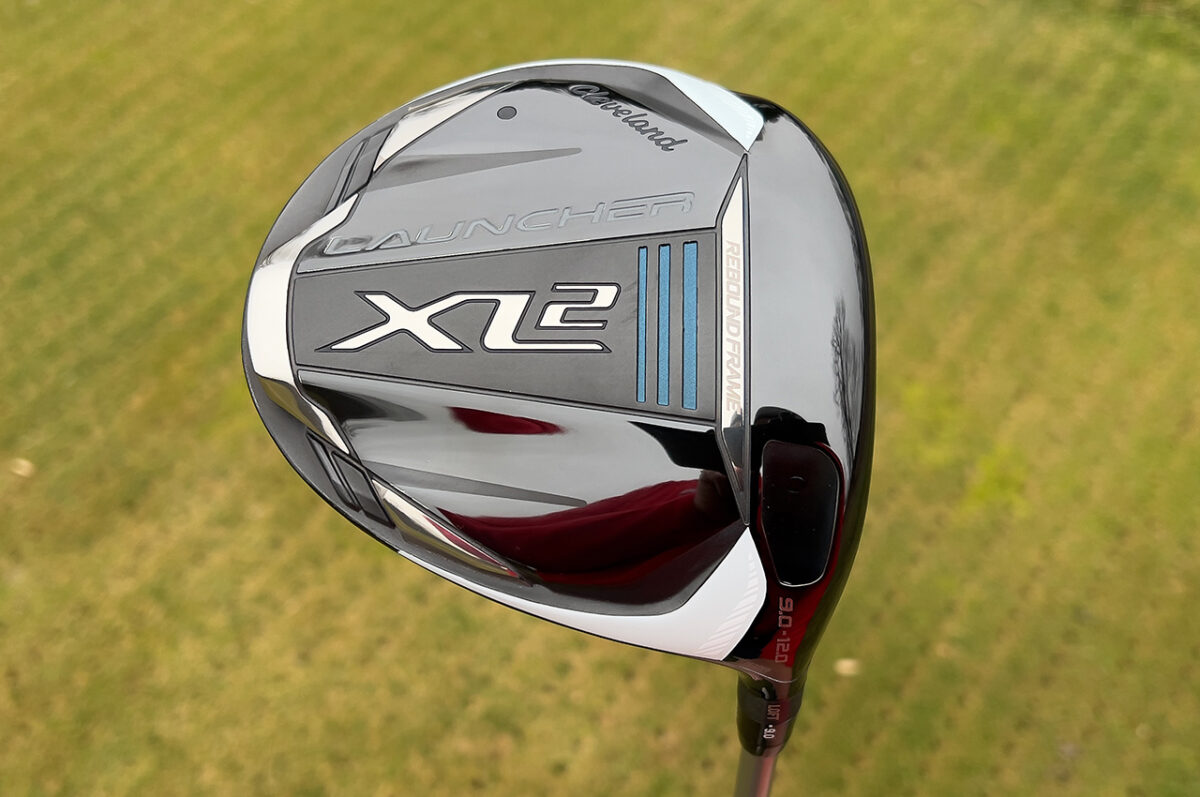Gear: TaylorMade BRNR Mini Driver Copper
Price: $449.99 with UST Mamiya ProForce 65 shaft and Golf Pride TaylorMade Victory Copper grip
Specs: Titanium face and chassis with carbon fiber crown, adjustable sole weights and adjustable hosel. 11.5 and 13.5-degree models
[anyclip-media thumbnail=”https://cdn5.anyclip.com/pv6ur44BEnhaA3AcQ9Nl/1712344834196_248x140_thumbnail.jpg” playlistId=”undefined” content=”PHNjcmlwdCBzcmM9Imh0dHBzOi8vcGxheWVyLnBvcHRvay5jb20vYW55Y2xpcC13aWRnZXQvbHJlLXdpZGdldC9wcm9kL3YxL3NyYy9scmUuanMiIGRhdGEtYXI9IjE2OjkiIGRhdGEtcGxpZD0ib2IzZG01bHNncTJlZXJsb25icXVjbTJibW5pdHN0dG0iIHB1Ym5hbWU9IjE5OTgiIHdpZGdldG5hbWU9IjAwMTZNMDAwMDJVMEIxa1FBRl9NODMyNyI+Cjwvc2NyaXB0Pgo8c2NyaXB0IHR5cGU9ImFwcGxpY2F0aW9uL2xkK2pzb24iIG5hbWU9ImFjLWxyZS1zY2hlbWEiPgogewogICJAY29udGV4dCI6Imh0dHBzOi8vc2NoZW1hLm9yZyIsCiAgIkB0eXBlIjoiVmlkZW9PYmplY3QiLAogICJuYW1lIjoiVGF5bG9yTWFkZSBCUk5SIE1pbmkgRHJpdmVyIiwKICAiZGVzY3JpcHRpb24iOiJUaGUgMjAyNCBUYWlsb3JtYWRlIEJ1cm5lciBNaW5pIERyaXZlciBDb3BwZXIgaXMgYSBtaW5pIGRyaXZlciB3aXRoIGEgdGl0YW5pdW0gZmFjZSBhbmQgY2FyYm9uIGZpYmVyIGNyb3duLiBJdCBoYXMgYW4gYWRqdXN0YWJsZSBob3NlbCBtZWNoYW5pc20gYW5kIG1vdmFibGUgLi4uIiwKICAiZHVyYXRpb24iOiJQVDZNMjYuNzFTIiwKICAidGh1bWJuYWlsVXJsIjoiaHR0cHM6Ly9zdHJlYW0uZ2VuaXVzcGx1cy5haS9wdjZ1cjQ0QkVuaGFBM0FjUTlObC8xNzEyMzQ0ODM0MzE4XzQ4MHgyNzBfdGh1bWJuYWlsLmpwZyIsCiAgInVwbG9hZERhdGUiOiIyMDI0LTA0LTA1VDE5OjEzOjM3LjEyNVoiLAogICJpbnRlcmFjdGlvblN0YXRpc3RpYyI6ewogICAiQHR5cGUiOiAiSW50ZXJhY3Rpb25Db3VudGVyIiwKICAgImludGVyYWN0aW9uVHlwZSI6IHsgIkB0eXBlIjogImh0dHA6Ly9zY2hlbWEub3JnL1dhdGNoQWN0aW9uIiB9LAogICAidXNlckludGVyYWN0aW9uQ291bnQiOiAwCiAgfQogfQogPC9zY3JpcHQ+”][/anyclip-media]
Who It’s For: Fast-swinging golfers who want an alternative to their driver off the tee but who want more forgiveness and distance than most 3-woods provide.
The Skinny: Smaller than a driver, yet much larger than a typical 3-wood, the BRNR Mini Driver Copper combines exotic materials and driver-like technologies to create a powerful alternative off the tee for elite players.
[afflinkbutton text=”Shop TM BRNR Mini Driver” link=”https://worldwidegolfshops.pxf.io/6eNzxb”]
The Deep Dive: Aside from the possible exception of a driving iron, no club in golf is more macho than a mini driver. Carrying one says to the world that there are times on the course when your driver goes too far, and, you are skilled enough to get the ball airborne with a fairway wood that has driver-like loft.
TaylorMade has quietly made mini drivers available for a few seasons. The Original One Mini debuted in 2019, and in 2021, the 300 Mini driver was released. Last year, TaylorMade offered the BRNR Mini, and a few pros, including Tommy Fleetwood, have put it in play frequently. Now, on the eve of the 2024 Masters, TaylorMade is dropping the BRNR Mini Driver Copper, a club that is virtually identical to the 2023 BRNR Mini but cosmetically pays homage to the late ’90s Burner woods.
The BRNR Mini Driver Copper’s head size is 304cc, which is 34 percent smaller than most drivers on the market today, like the 460cc TaylorMade Qi10 Max. However, the BRNR Mini Driver Copper dwarfs 3-woods like the Qi10 Max (200cc) and Qi10 Tour (170cc). The BRNR Mini Driver Copper also comes standard at 43.75 inches in length, which is a half-inch longer than those 3-woods but 2 inches shorter than a stock Qi10 LS driver and 1.75 inches shorter than a standard Qi10 Max driver.
With specifications like that, and being available only in 11.5 and 13.5-degree lofts, some golfers will call the BRNR Mini Driver Copper a 2-wood instead of a mini driver. Regardless of what you call it, the club is designed to excel off the tee as alternative to a driver.
[afflinkbutton text=”Shop TM BRNR Mini Driver” link=”https://worldwidegolfshops.pxf.io/6eNzxb”]

The BRNR Mini Driver Copper has a titanium face and body, along with a carbon fiber crown, to create a significant amount of discretionary weight, which engineers re-purposed in the form of two sole weights. With the 13-gram weight in the front and 1.5-gram weight in the back, the BRNR Mini Driver Copper produces more ball speed, less spin and a lower launch angle. However, with the 13-gram weight in the back port and the lighter weight in the front, golfers should see an increase in both spin and launch angle, along with more stability.
The BRNR Mini Driver Copper also has Twist Face, a shot-straightening technology that debuted in 2018’s M3 and M4 drivers, and it has a Speed Pocket slot in the sole to allow the lower portion of the hitting area to flex more efficiently on low-struck shots.
If players decide to play the BRNR Mini Copper off the deck, its K-shaped sole is designed to allow the bottom of the club to skim across and over the turf more effectively. But be warned: With a deep face and large size, this club was designed to be used primarily off the tee. Fast-swinging, skilled players will be able to create enough lift to get shots up in the air, but slower-swinging players might struggle to generate enough spin to maximize carry distance.
To fine-tune the spin and trajectory, the BRNR Mini Copper comes with an adjustable hosel that allows players and fitters to increase or decrease the loft by up to 2 degrees.
Even with all those modern features and technologies, the copper accents and the font used to spell the word TaylorMade on the sole will immediately be recognizable to golfers who remember using Burner drivers and fairway woods in the 1990s. And, if you recall that turning the head cover of last season’s BRNR Mini driver inside-out revealed a fuzzy rainbow design that some players opted to use, you will be pleased to know that turning the BRNR Mini Copper’s headcover inside out reveals a fuzzy blue-patterned option you can go with.
[afflinkbutton text=”Shop TM BRNR Mini Driver” link=”https://worldwidegolfshops.pxf.io/6eNzxb”]
Below are several close-up images of the TaylorMade BRNR Mini Driver Copper.
